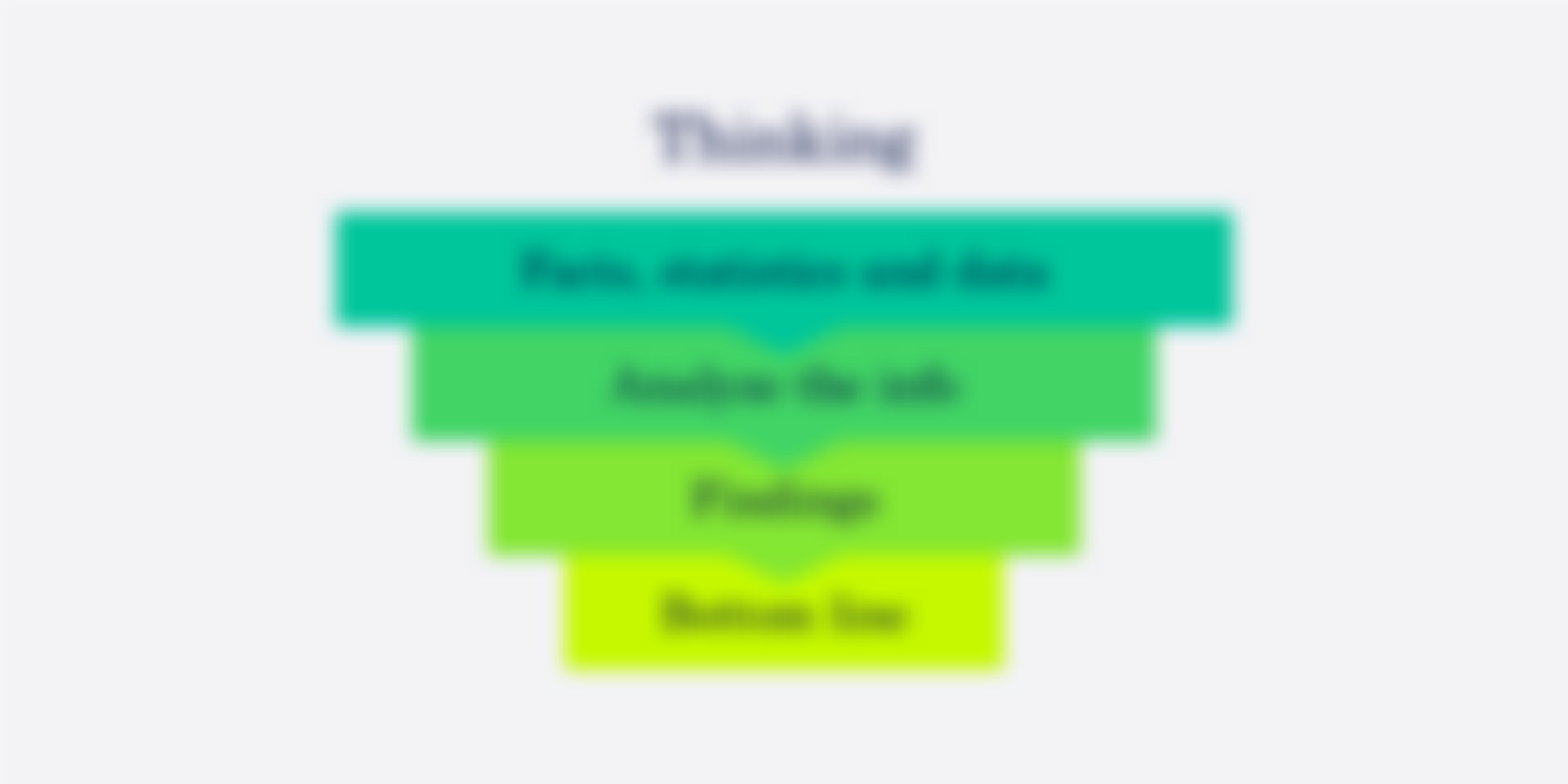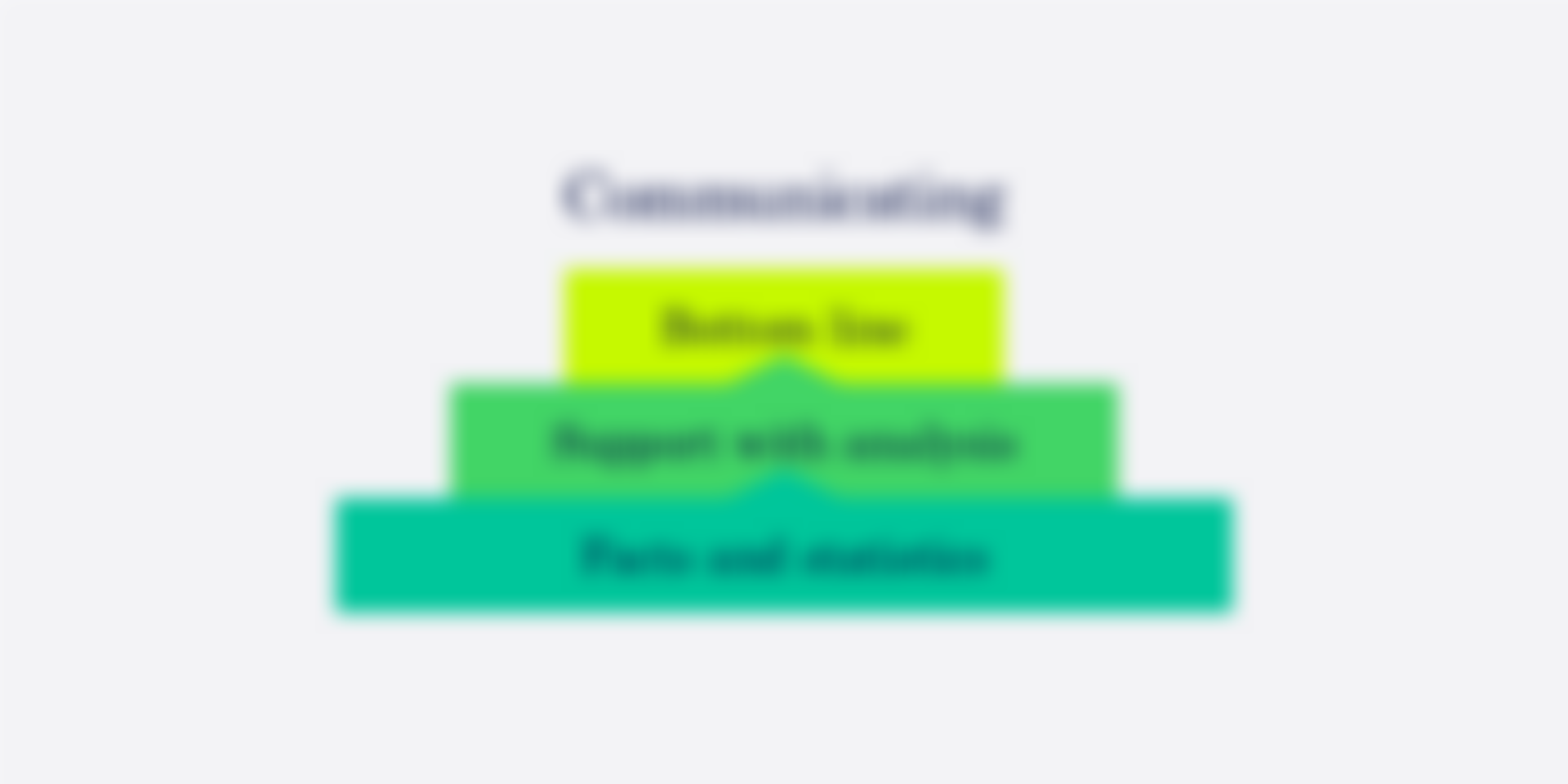I studied science in university, and I had to write a lot. My university experience was filled with lab reports, research papers, formal and informal scientific presentations, proposals, essay questions… the list goes on. To achieve top marks, I was taught that my writing method should mimic the scientific method: present my conclusions and recommendations at the very end of my document. When I started working in the real world, I began to realize this method didn’t work as well as I thought, and I struggled to present myself as a credible professional.
At work, I discovered that my audience, purpose and expectations for writing changed dramatically. I wasn’t trying to impress a faceless teaching assistant and get good grades. The people I wrote to did not care how I did something, or why, and they didn’t always need me to include a bunch of facts, statistics or scientific jargon as background information. They wanted to know what’s in it for them – right up front.
Luckily, my career path led me to Wavelength, and I found a new formula that worked every time, for every business document and presentation. Essentially, I flipped the scientific method on its head. I now consider what my audience needs from me, and I put my conclusions and recommendations – my bottom line – up front. This means there’s a much greater chance my message will engage their interest. It also means I can minimize misunderstanding: when the audience knows what they’re looking for, there’s a much higher chance they’ll find it.





